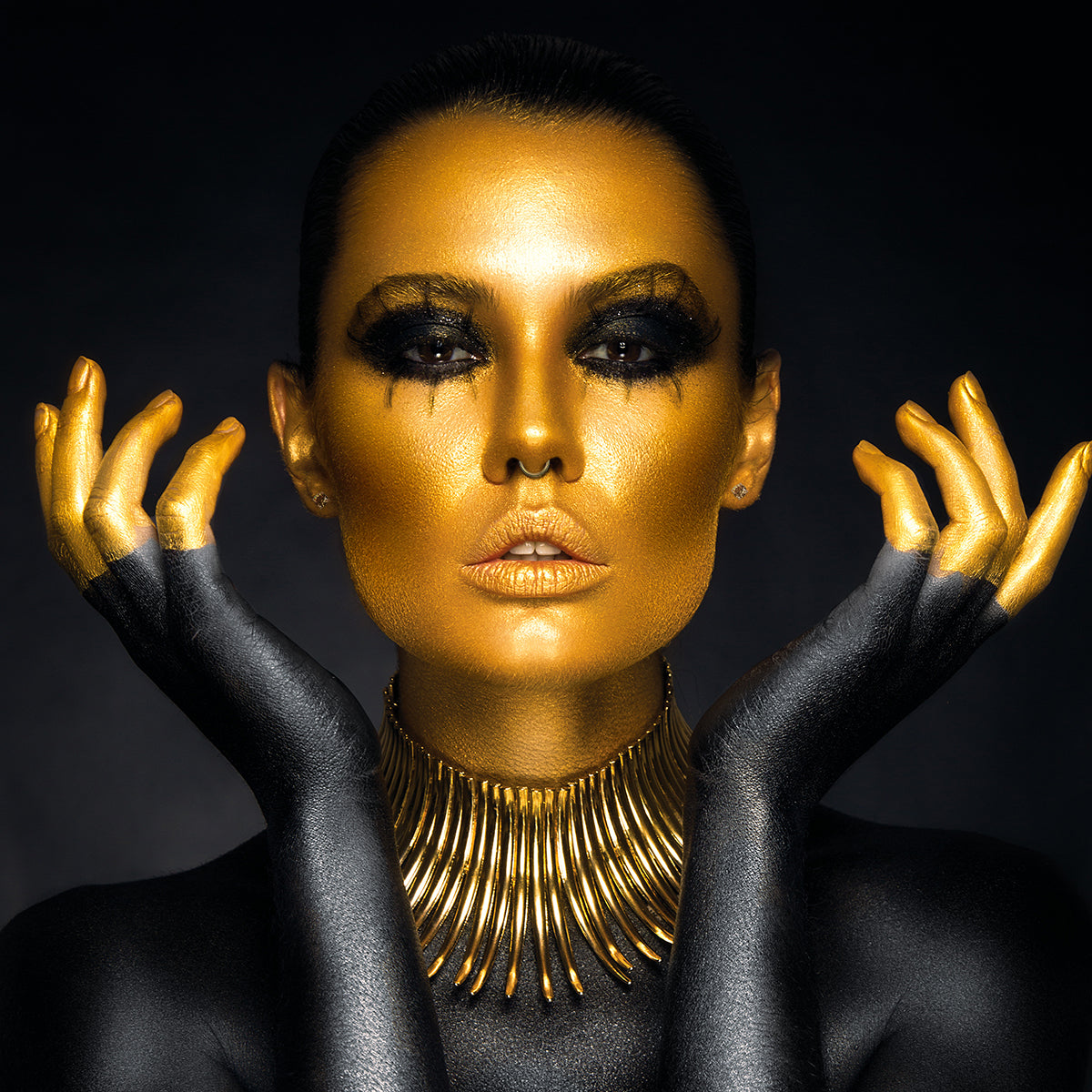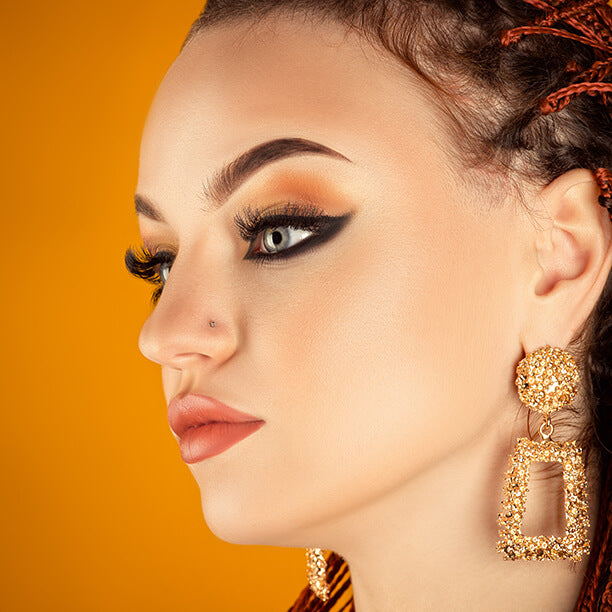Ear piercings have been hugely fashionable for years, and we think they’ll be in style forever. The ear is now one of the most versatile places on the body to pierce, and the days of being limited to one piercing in each lobe are long gone. A beautifully curated ear with multiple piercings is almost certainly one of the biggest trends in piercing right now.
From subtle and delicate cartilage piercings, to more statement industrial ear piercings, there’s something to suit every style. Here’s the lowdown on our top ten types of ear piercing you need to know.
Lobe
Usually one of the first places people pierce on the body, the lobe is the fleshy part at the bottom of the ear. You can use all sorts of jewelry with a lobe piercing, from simple studs to more ornate hoops, and the lobe can hold more than one piercing which makes it easy to be creative with your look.
Healing time: 6 - 8 weeks
Upper Lobe
The upper lobe is similar to the regular earlobe, just located higher up - at the point where the ear starts to narrow. A great place for small, delicate pieces of jewelry, the upper lobe has a similar pain factor and healing time to the lower lobe.
Healing time: 6 - 8 weeks
Conch
The conch is the cartilage area in the middle of the ear, and there’s actually two different places to pierce here; the inner conch and the outer conch. This type of piercing is named after a conch shell, as it’s thought that’s what this part of the ear looks most like.
Healing time: 3 - 9 months
Tragus
The tragus is currently one of the trendiest type of ear piercing. Celebrities such as Zoe Kravitz and Rihanna have both been seen with a tragus piercing, and it’s also proved popular with social media influencers.
The tragus is the area of the ear which is attached to the side of the face - the part which almost covers the ear canal. It’s a cartilage area, so it can be pretty painful, but it’s also great for styling with different jewelry - so we think it’s worth it.
Healing time: 3 - 9 months
Helix
A helix piercing goes through the cartilage at the upper part of the ear, and can be either standard or forward-facing. A forward-facing helix piercing is located where the cartilage joins the face, directly above the tragus.
Like the lobe, the helix is a pretty big area, which means you’re not limited to a single piercing in this area. Mix it up with two or even three on each side, with a variety of hoops and studs.
Healing time: 3 - 6 months
Rook
Below the helix area on the ear is a cartilage fold - this is known as the rook. One of the newest and more modern types of ear piercing, it looks great when combined with other cartilage piercings in the same area.
While some people think that most cartilage piercings are similar when it comes to pain, others say that the rook is the most painful place to pierce on the ear. So it’s worth seriously considering before you take the plunge!
Healing time: 3 - 6 months
Daith
A daith piercing is a piercing which goes through the cartilage fold directly below the rook, and is one of the more well-known places to pierce on the ear.
Famous for its health properties, it’s thought that piercing the daith could help with both anxiety and migraines. While there’s no scientific evidence of this, we’re sure of one thing - it looks great, and it’s super easy to style beautifully.
Healing time: 4 - 12 months
Auricle
The auricle is the section of the ear between the lobe and the helix, halfway up. Like the helix, it’s a pretty big area, so there’s plenty of room for multiple piercings and great styling.
Healing time: 3 - 9 months
Industrial
An industrial piercing is where two cartilage piercings are connected together by a single piece of jewelry, usually a bar. You might also have heard this referred to as ‘scaffold piercing’ or ‘construction piercing’. You can opt for the piercing to be straight, or slightly angled.
Healing time: 2 - 6 months
Orbital
An orbital piercing is slightly different, as the name refers to the style of piercing rather than the location. Similar to an industrial piercing, the orbital refers to two holes connected by one pierce of jewelry - but this time they’re joined with a tiny hoop instead of a bar.
Orbital piercings can be located almost anywhere on the ear, but they’re usually found on the helix or lobe. Not only do they look really unique, they’re also pretty easy to look after and quick to heal.
Healing time: 6 - 8 weeks





